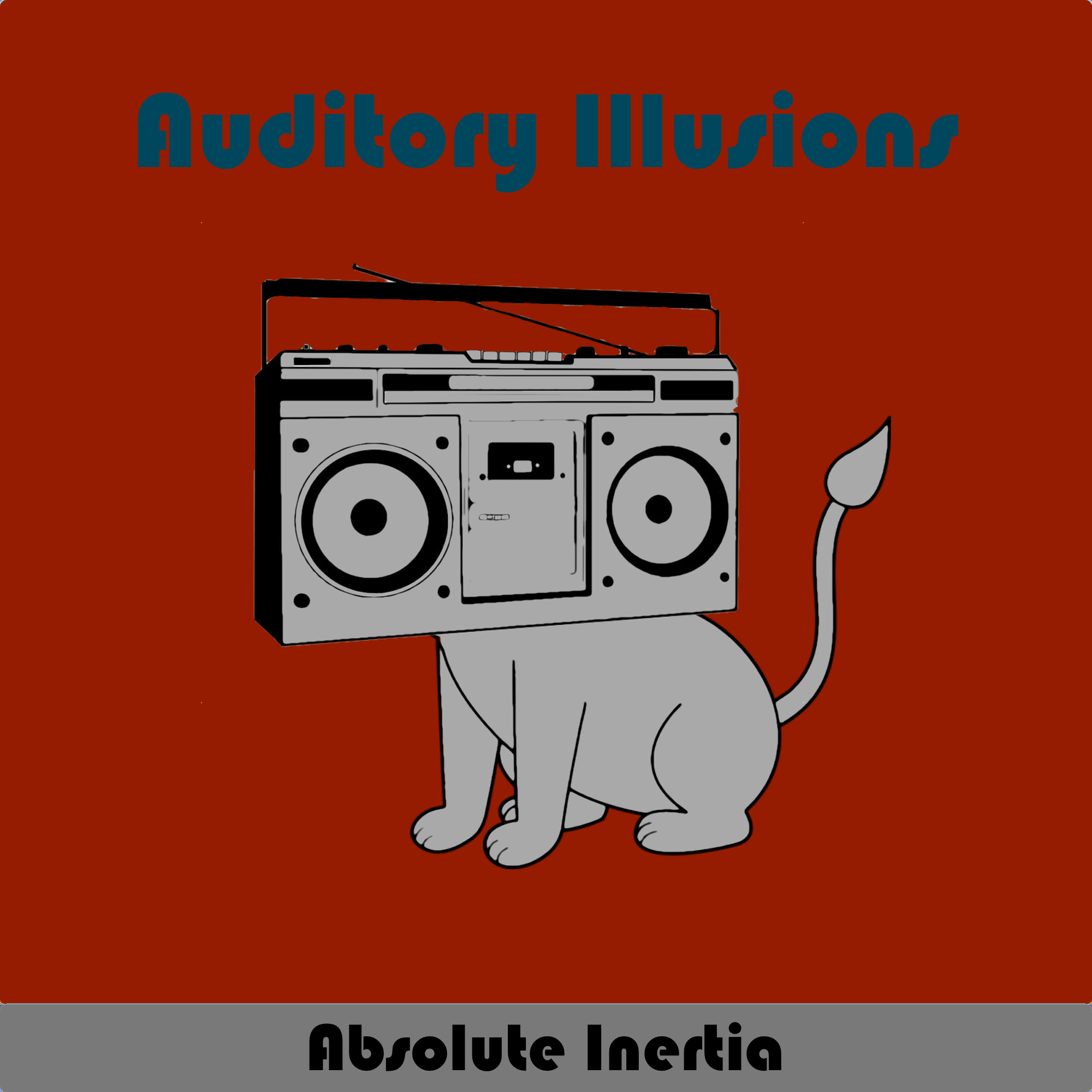
In a way, it is like cropping aterm out of the word watermelon and finding that it stops sounding like a word. Cutting words out of a sentence will make a lot of these patterns incomplete.
#AUDITORY ILLUSIONS GIRL FULL#
Sentences in English and other languages have intonation, which includes pitch movements and other acoustic patterns that can span a full sentence.

First, I think it is significant that Deutsch and other scholars use clips cut out of longer recordings to demonstrate the illusion. The fact that these traditions were pioneered by African Americans may explain how the speech-to-song illusion evaded academic studies of musicality until the 1990’s-as Charnas notes, this reflects a general trend in academia failing to center African American culture, a culture in which “speech and song…have always been twin.”īut why does the illusion happen? As a linguist who studies intonation, I see a number of factors that may be at play here. Charnas notes that the practice actually precedes hip-hop and tape recorders, with many vocal traditions originating in the African American community and gaining their musicality through repetition, for instance rap.
#AUDITORY ILLUSIONS GIRL TV#
Wilkins describes some of the sources hip-hop takes spoken samples from, including sermons, speeches, and film and TV dialogue. Both confirmed that the use of repetition to add musicality to spoken vocal samples is a common practice in hip-hop, but neither was familiar with Deutsch’s framing of the phenomenon as an auditory illusion. To put this practice into context, I spoke to two experts: Langston Wilkins, expert in hip-hop and assistant professor at the University of Wisconsin at Madison, and Dan Charnas, historian of hip-hop and associate arts professor at New York University. Specifically, her use of a clipped recording on repeat reminded me of sampling, a technique used in hip-hop in which clips of existing recordings (sometimes speech) are incorporated in a new musical arrangement. While Deutsch is credited for discovering the illusion in the realm of psychology, the basic premise-that repetition will add a layer of musicality to a recording of speech-was recognized long before 1995. What’s more, according to a 2013 fMRI study (by a team that included Deutsch), repeated stimulus activates a part of the brain that is also activated by song and associated with the processing of complex pitch patterns, a network of eight different regions.

After hearing it once, they spoke the sequence of words they’d heard after 10 repetitions, they began to sing their responses, with a slightly larger pitch range than the original stimulus and the spoken responses. In a 2008 study by Deutsch and colleagues, 31 participants were asked to repeat the stimulus themselves. Why is repetition so important here? There are measurable differences in how verbal stimuli sound when played once versus on repeat. For example, in one 2015 study, English speakers most easily heard spoken Irish as song, followed by Hindi and Croatian. The effect is most intense when the repeated stimulus is in a language that is very different phonologically from the listener’s native language. This illusion happens with all sorts of spoken stimuli that are played at regular intervals.


(You can hear a loop of the recording online.)Īs it turns out, the illusion does not stem from Deutsch’s voice being especially musical. She was reviewing a longer recording of herself and found that the seemingly random phrase sometimes behave so strangely, clipped out of context and left on repeat, began to sound like a song, complete with rhythm and melody. In 1995, Diana Deutsch, an expert on musical illusions and paradoxes, coined the term speech-to-song illusion.


 0 kommentar(er)
0 kommentar(er)
